
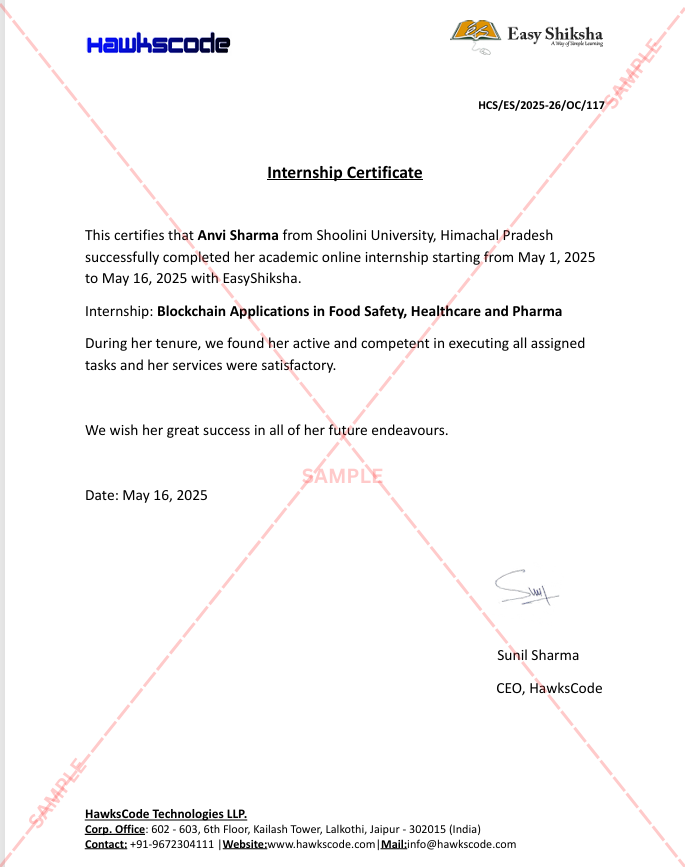
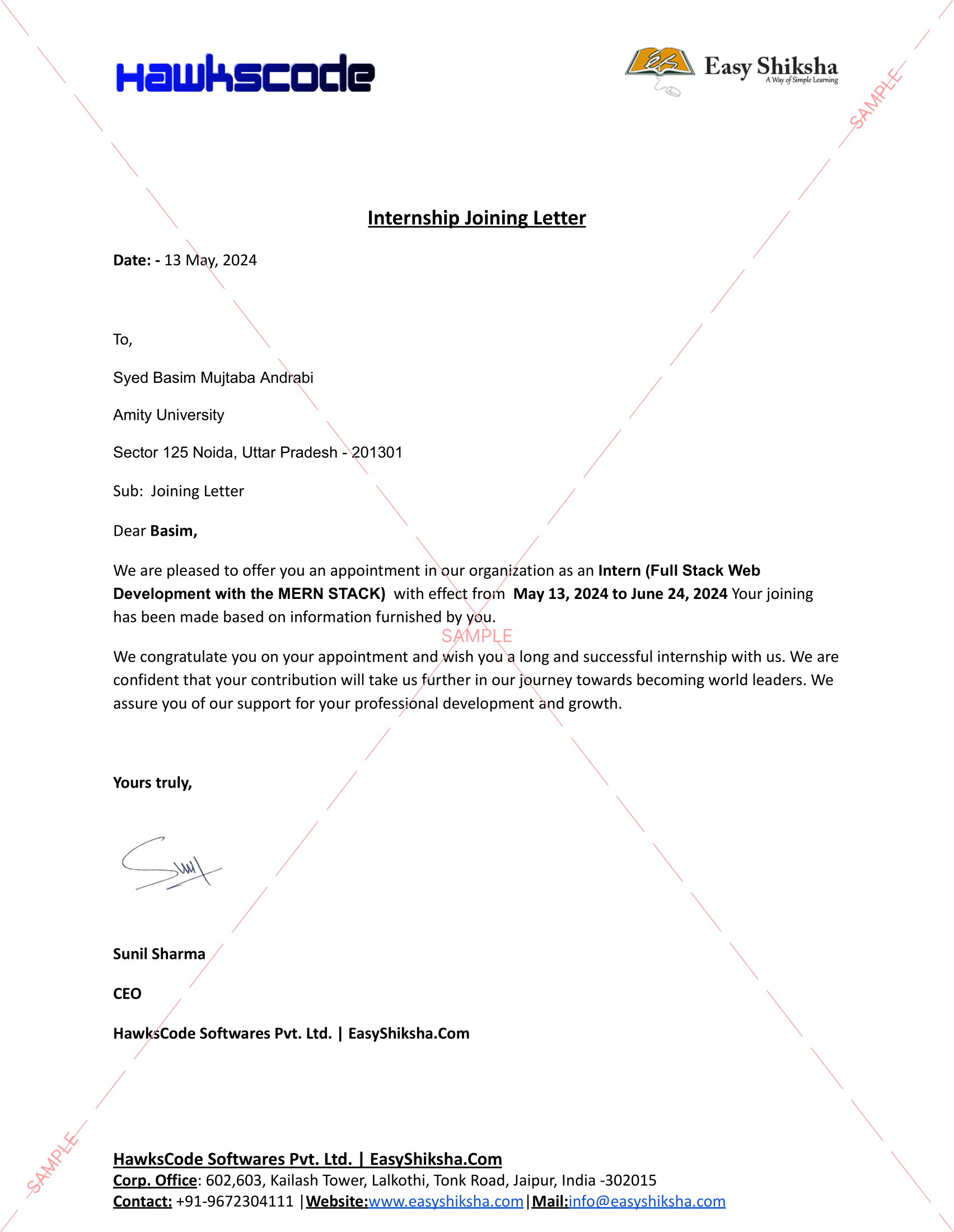

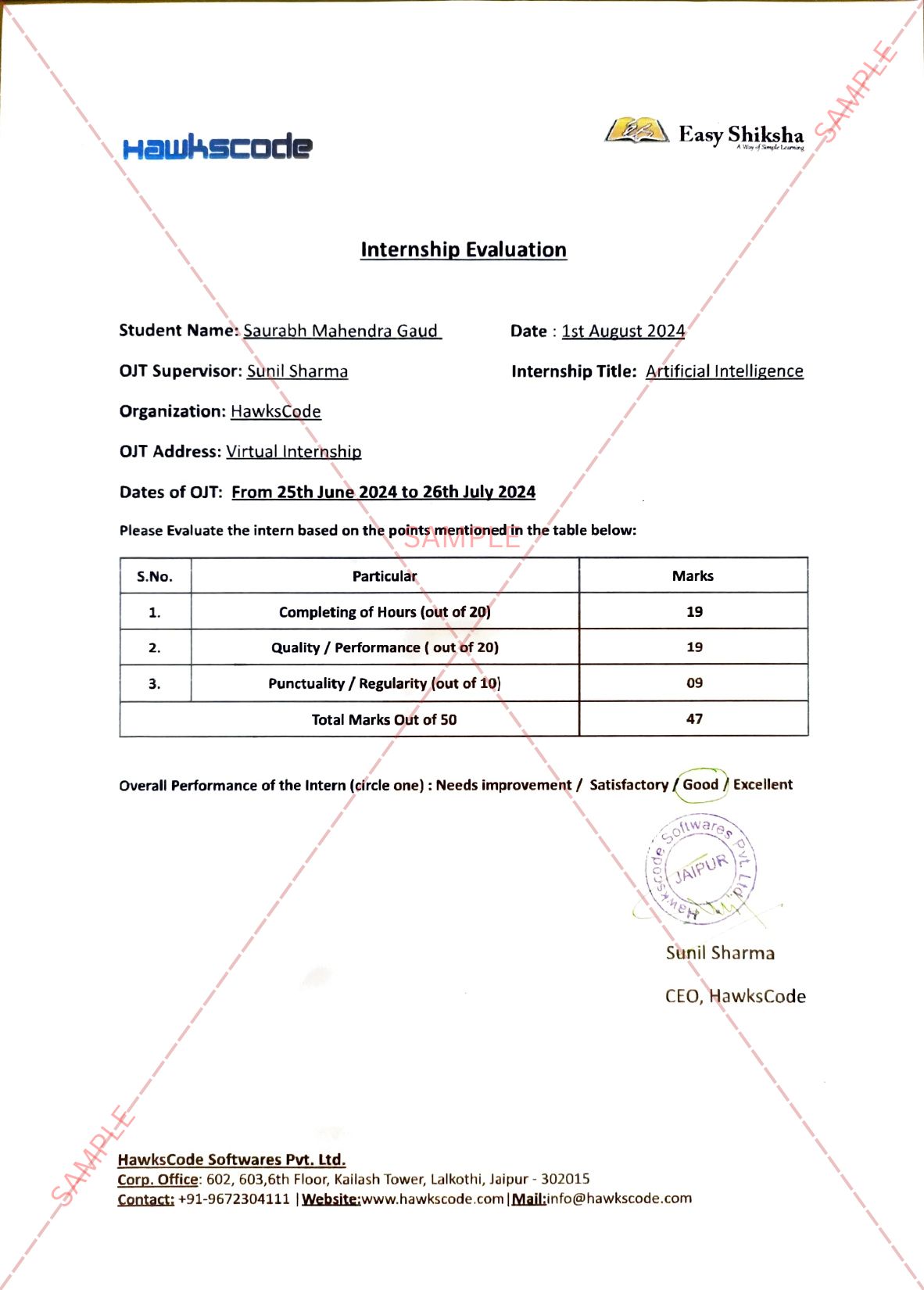

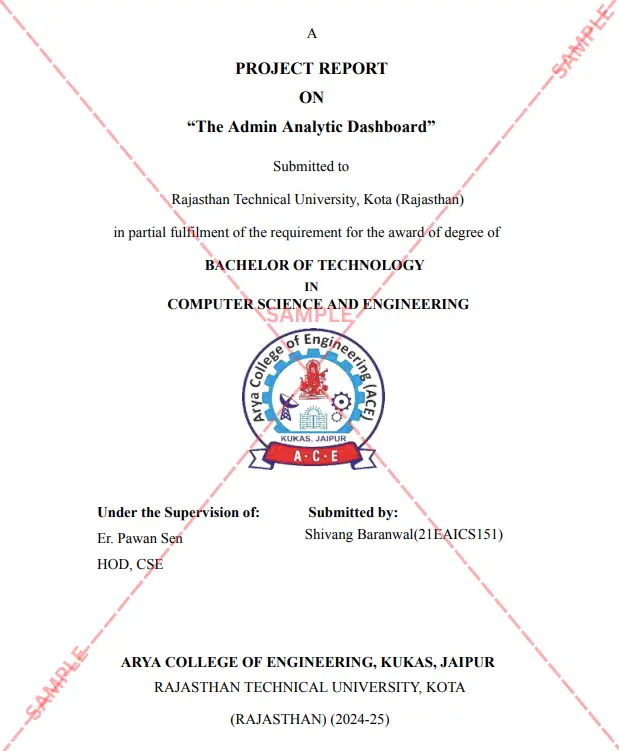
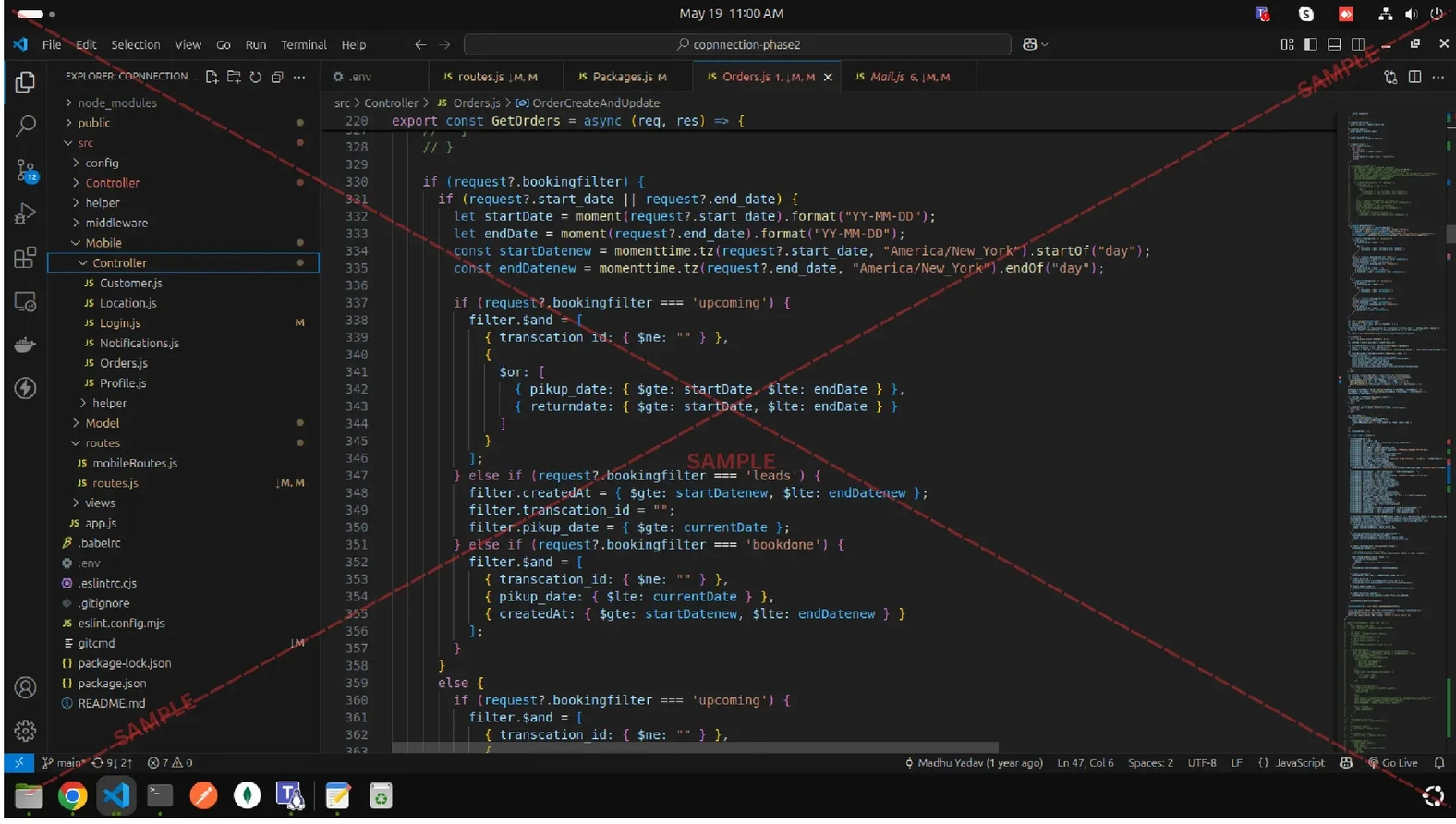



Helping students develop an understanding of RBI and its functioning
Central banks in modern times are mandated to ensure economic stability by managing economic growth and inflation, the latter being their primary objective. One of the key factors that determines a central bank’s ability to successfully achieve this objective is the credibility that it enjoys among economic agents, namely consumers and investors (or firms) around the country.
Committing and adhering to an inflation targeting regime – the promise to maintain inflation within a certain band – is a tool commonly used by central banks to build such credibility. It also helps make monetary policy more predictable, which is good for economic activity. In India too, on February 20, 2015, the Reserve Bank of India and the Union government signed the monetary policy framework agreement, under which they committed themselvesto an inflation target of 4%, with an upper tolerance bound of 6% and a lower limit of 2%.
However, the Ministry of Statistics & Programme Implementation has reported inflation rates of over 6% throughout the last quarter. The central bank has done little to rectify the situation, and thus, has not been able to stick to its explicit commitment. This begs one question - could straying away from its commitment in the short run adversely affect RBI's credibility, and thus, the effectiveness of its actions and monetary policies in future?
Important Announcement – EasyShiksha has now started Online Internship Program "Ab India Sikhega Ghar Se" during this lockdown.
Monetary policy’s ability to affect aggregate demand in the economy, in large part, dependson its ability to affect people’s expectations.In an inflation targeting regime, when inflation in the economy threatens to cross the upper bound, economic agents will typically expect a credible central bank to raise interest rates, thus curtailing lending, spending and therefore keeping the price rise within target. Put another way, a credible upper bound for inflation under the targeting regime implies a credible lower bound for interest rates. That is to say, when inflation crosses its upper bound, interest rates are expected to be raised, not stay the same or be reduced further.
Yet, in its last monetary policy statement in August, the central bank left interest rates unchanged, even though inflation has breached the 6% upper bound set by the targeting regime. In fact, in its last two policy statements, it has gone so far as to say that it will “continue with the accommodative stance as long as it is necessary to revive growth”, with the inflation target only finding a belated mention.In acting this way, it is clearly violating the inflation targeting regime it committed to, and is undoubtedly losing credibility among economic agents.
In fact, there are clear signs that the markets have taken notice. The gap between the interest rate on short term debt and that on long term debt has widened in recent times, implying that the markets expect a rise in inflation in future. And it is not as though the central bank has simply missed this – in fact, it is undertaking Operation Twist to tackle this sign of higher expected inflation, but without doing anything to bring actual inflation down.
Ironically, in such a situation, where it is evident that the RBI sees the threat to its credibility but won’t act to remedy it, the apparent lack of political independence further reduces its credibility. While one may justify the recent ‘rate hold’ with the backdrop of the extenuating economic circumstances presented by the COVID-19 pandemic, six consecutive (and rather ineffective) rate cuts prior to the pandemic, and the departure in quick succession of ‘hawkish’ governors and their deputies, still point towards RBI’s shrinking independence and credibility.
All this is compromising both price stability and the central bank’s very ability to influence the economy in the longer term. It is, therefore, necessary that the RBI re-asserts its commitment to inflation targeting and begins restoring its credibility with the upcoming monetary policy statement in about a month’s time. Without this, it may be missing a key step in the sustainable growth dance, because if inflation does rise further and pose a threat to economic stability, the RBI may find that there is precious little it can do to manage it.
Written by:
Chiraag Mehta, Associate Director, Indian School of Business & Finance (ISBF) & Navni Kothari, Assistant Professor, Indian School of Business & Finance (ISBF)
For information related to technology, visit HawksCode and EasyShiksha
More News Click Here

Discover thousands of colleges and courses, enhance skills with online courses and internships, explore career alternatives, and stay updated with the latest educational news..

Gain high-quality, filtered student leads, prominent homepage ads, top search ranking, and a separate website. Let us actively enhance your brand awareness.